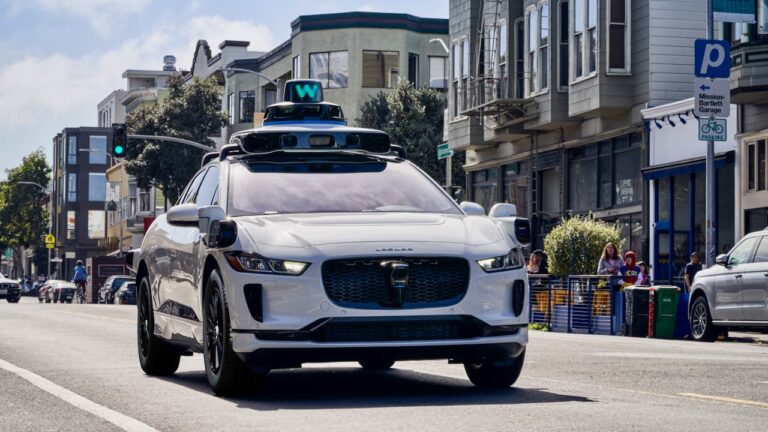
Arizona’s Regulatory Approach to be Tested as Waymo Prepares for Commercial Rollout of CAVs
By the end of this year, Alphabet subsidiary Waymo plans to launch one of the nation’s first commercial driverless taxi services in Phoenix, Arizona. As preparations move forward, there has been increasing attention focused on Arizona’s regulatory scheme regarding connected and automated vehicles (CAVs), and the ongoing debate over whether and how their deployment should be more tightly controlled.
In 2015, Arizona Governor Doug Ducey issued an executive order directing state agencies to “undertake any steps necessary to support the testing and operation of self-driving vehicles” on public roads in the state. The order helped facilitate the Phoenix metro area’s development as a key testing ground for CAV technology and laid the groundwork for Waymo’s pioneering move to roll out its driverless service commercially in the state. It has also been the target of criticism for not focusing enough on auto safety, particularly in the aftermath of a deadly crash involving an Uber-operated CAV in March.
As the technology advances and the date of Waymo’s commercial rollout approaches, Governor Ducey has issued a new executive order laying out a few more requirements that CAVs must comply with in order to operate on Arizona’s streets. While the new order is still designed to facilitate the proliferation of CAVs, it includes new requirements that CAV owners affirm that the vehicles meet all relevant federal standards, and that they are capable of reaching a “minimal risk condition” if the autonomous system fails.
Along with these basic safety precautions, the order also directs the Arizona Departments of Public Safety and Transportation to issue a protocol for law enforcement interaction with CAVs. This protocol is a public document intended both to guide officers in interactions with CAVs and to facilitate owners in designing their cars to handle those interactions. The protocol, issued by the state Department of Transportation in May, requires CAV operators to file an interaction protocol with the Department explaining how the vehicle will operate during emergencies and in interactions with law enforcement. As CAVs proliferate, a uniform standard for police interactions across the industry may become necessary for purposes of administrative efficiency. If and when that occurs, the initial standard set by Waymo in Arizona is likely to bear an outsized influence on the nationwide industry.
Critics have called the new executive order’s modest increase in safety requirements too little for such an unknown and potentially dangerous technology. Even among critics however, there is no agreement as to how exactly CAVs should be regulated. Many have argued for, at minimum, more transparency from the CAV companies regarding their own safety and testing procedures. On the other hand, advocates of Arizona’s relaxed regulatory strategy suggest that public unease with CAVs, along with the national news coverage of each accident, will be enough to push companies to adopt their own stringent testing and safety procedures.
This more hands-off regulatory approach will get its first close-up over the next few months in Arizona. The results are likely to shape the speed and direction of growth in the industry for years to come.
